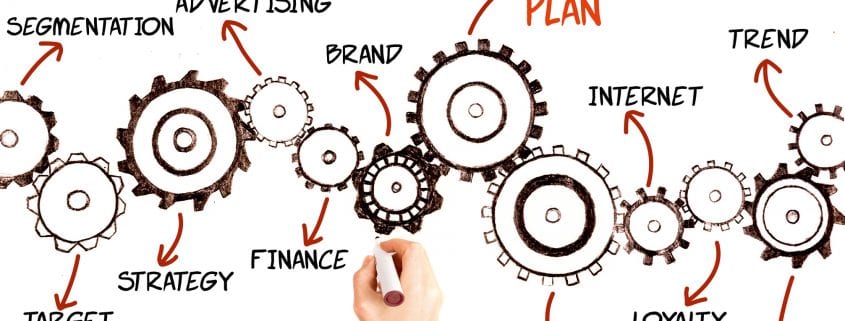
How Data Driven Creative Is Shifting The Advertising Industry
It wasn’t that long ago that businesses had limited data to use for their creative. Marketing campaigns were often built using subjective creative instinct and little else. However, now that advertisers have access to significant amounts of data, including personal customer information as well as audience behaviors, creative decisions are being informed by their data. The use of data allows businesses to make much better use of their resources, thereby making your data driven creative efforts more successful as well as more cost-efficient. The following are just a few ways that advertising agencies use data driven creative tactics to influence your marketing campaign for the better.
1. Develop More Accurate Buyer Personas
Arguably the most important facet of any marketing strategy that you implement is the audience you’re targeting. If you’re targeting the wrong audience, your efforts will fail. This is why developing buyer personas is so important — and the most effective way to do this is through the use of customer data. You can use the data you have from previous customers as well as data from the leads you’ve captured in order to identify exactly who your audience is, which will help inform the creation of your buyer personas.
For example, you can track the behavior of your customers by viewing what pages they visited and what actions they took before making a purchase. Information like what they’ve purchased and when they purchased it will be very helpful in being able to reach your audience as well. Many businesses will also create post-sale surveys for customers to fill out that provides valuable information as well. Additionally, you can gather information from your email opt-in forms as well as from your social media followers.
2. Locate Where Your Audience Is
Knowing who your audience is won’t help much if you don’t know where they are. There are countless social media platforms on which you can target your marketing campaigns. If you choose a social channel on which your target audience isn’t present, your campaign will fall on deaf ears. Figuring out what platforms your audience uses is the first step towards reaching them, and your data can help you pinpoint where they are. For example, you can look at the social media data of similar companies to determine where they have the biggest reach, or you can add social share buttons to your content and then identify which platforms your content is being shared on most.
You can also set up business pages on several social platforms and link to them in your email campaigns and on your website. You can then track which pages receive the most follows, which will tell you which social channels you should focus your marketing efforts on.
3. Personalize Your Ads
The amount of data that you have at your fingertips should allow you to personalize the experiences of your customers, especially once you’ve created your buyer personas. For example, retargeting customers using PPC (pay per click) ads highlighting items that they added to their cart but didn’t end up purchasing can be a very effective way to close a missed sale opportunity. Personalized experiences in general, whether it’s personalized CTAs (calls-to-action) or personalized emails, have a big impact. A recent study even revealed that consumers are twice as likely to click through ads for brands they were unfamiliar with if it was tailored to their preference.
4. Create More Relevant Content
By using your buyer personas and by collecting and analyzing how your visitors engage with the content you produce, you can fine tune your content strategy to better target your audience. By tracking several metrics, including time spent on a page, engagement with the content (comments, social shares, likes, etc.), click-throughs, bounce rate, lead captures, and more, you can identify what content performs at the highest rate. You can then craft new content that’s aligned with what type of content performs well. For example, if you noticed that short-form content in list form performs well but long-form content without bullets or numbers does not, then you should have a pretty good idea of what future content should look like.
These are just a few ways that data driven creative can work and why it’s changing the way the advertising agency operates. Using the significant amount of data that you have access to in order to drive your creative marketing decisions will make it easier to successfully identify who your target audience is and how to reach them in a cost-efficient manner.

Mark Beebe oversees all current clients. His secondary focus is leading the creative with original thinkers who provide innovative processes and insightful answers for clients’ marketing needs. His 30+ years has garnered the team to over 50+ national and international awards. As a partner, Mark, looks for unusual solutions to bring smart results and metrics to your bottom line.





